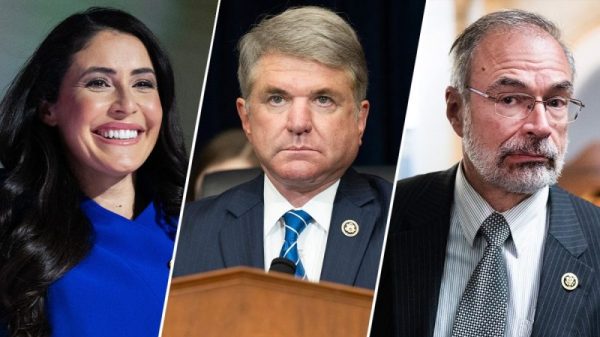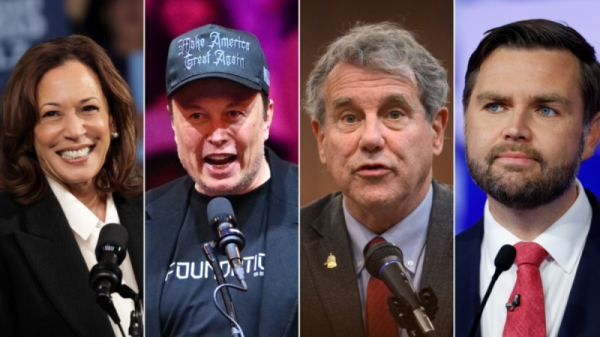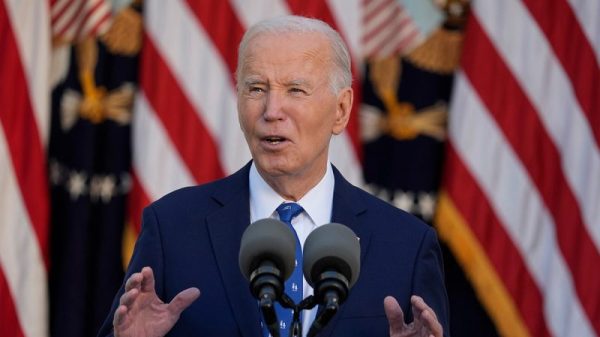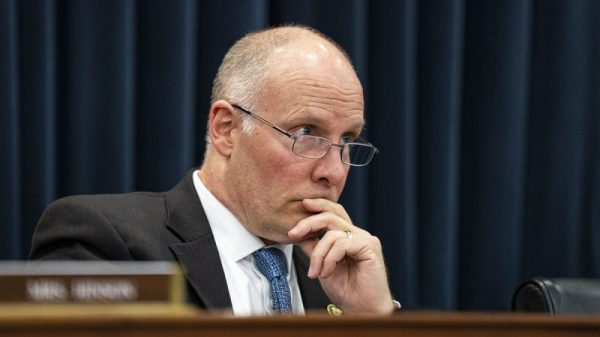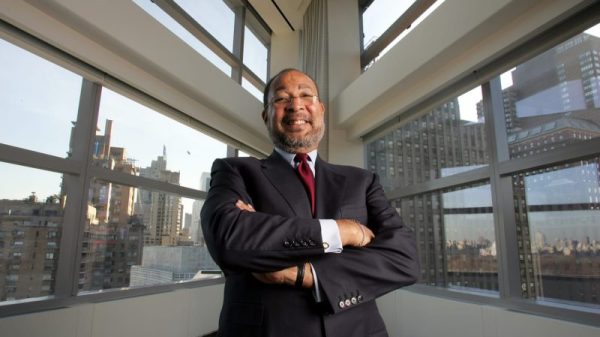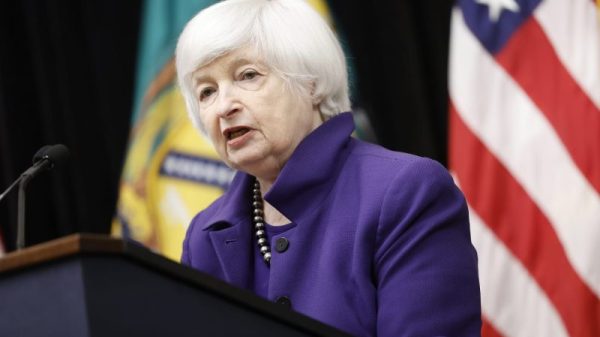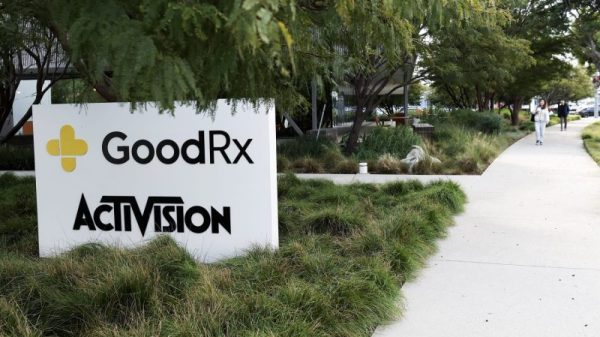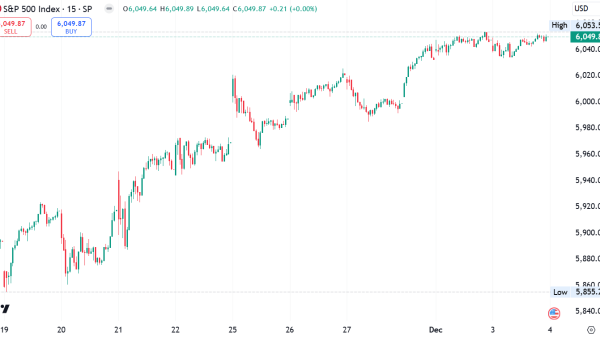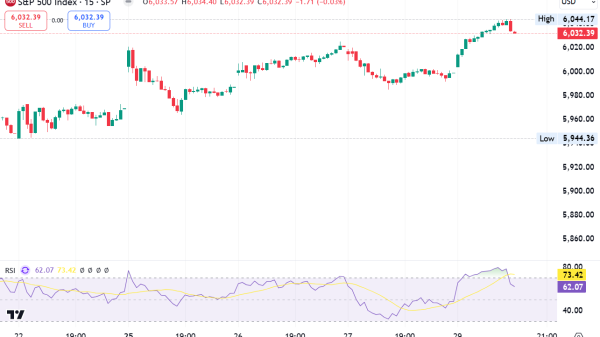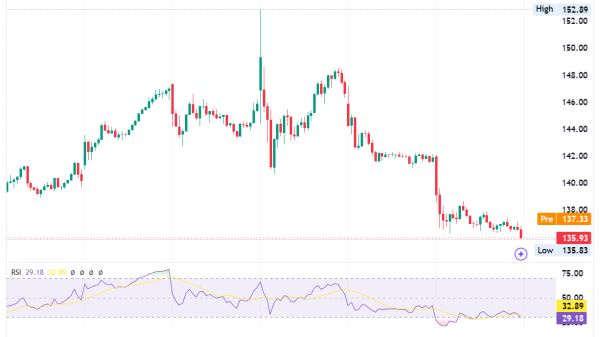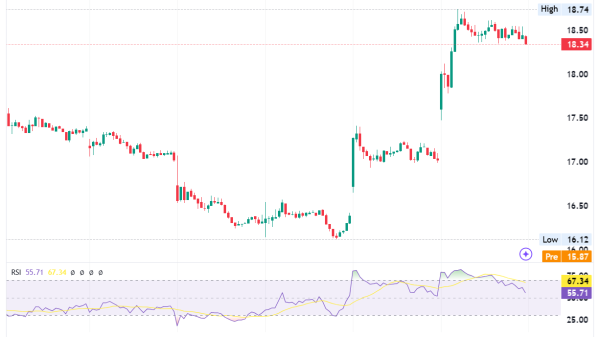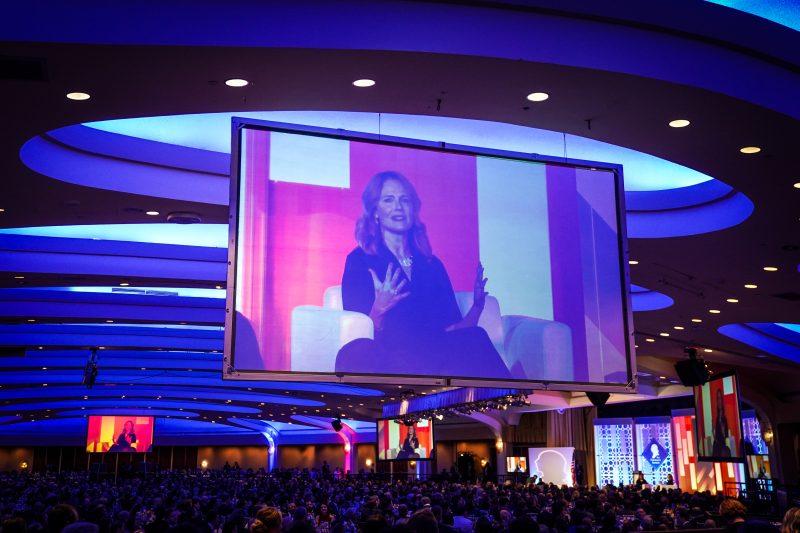Before welcoming four Supreme Court justices to its glittery national convention gala in Washington, D.C., last week, the conservative legal incubator the Federalist Society held a panel discussion about whether the justices should adopt a code of ethics.
The answer from conservatives on the panel was a resounding, “No.” Any such code would just be “weaponized” against the justices on the right, said Jay Mitchell, an associate justice on the Alabama Supreme Court who has sent three clerks to work for Justice Clarence Thomas.
But the justices at the gala headlined by Justice Amy Coney Barrett were already negotiating with their colleagues a “code of conduct” specific to members of the Supreme Court. Conservative cover was not going to be enough to offset mounting criticism of the court and public pressure to bind the high court to the same kinds of ethical obligations that lower court judges follow.
It’s unclear if the document issued by the Supreme Court on Monday, both historic and underwhelming, imposes those kinds of restraints. Even Chief Justice John G. Roberts Jr. said its “rules and principles are not new” and have no means of enforcement. Specificity seems to have given way to a quest for unanimity.
The code contains broadly worded sections relating to outside relationships, recusal from cases that could bring financial gain to family members, the use of a justice’s staff and limits on appearances at fundraisers for groups.
But there’s every sign that each word was carefully chosen. The code comes more than four years after Justice Elena Kagan told Congress the court was working on it, six months after Roberts said he thought the court could come up with something and many weeks after a string of justices said it would be a good idea for the court to announce its own plans, rather than risk the off-chance that Congress would pass a law.
Just days before the ethics code became public, Senate Democrats had opened debate in committee over subpoenas for two allies of the court’s conservative justices who funded or arranged for luxury travel for Thomas and Justice Samuel A. Alito Jr.
Retired U.S. District Judge Jeremy Fogel said the careful wording of the ethics code and its introductory statement suggest the justices, led by Roberts, approached it as if they were crafting an opinion.
“It’s written with the same care and wordsmithing with every semicolon negotiated,” said Fogel, now executive director of the Berkeley Judicial Institute. “The chief is very good at cobbling together coalitions. That’s been one of his trademarks. … He would have tried to figure out the various interests.”
The document borrows heavily from the code that applies to lower court judges at the federal trial and appeals court levels but with some important differences that Democratic lawmakers and transparency advocates say give the justices too much wiggle room when it comes to outside influence, past transgressions and recusal from cases in which justices may have a conflict of interest.
While lower court judges are told they “shall disqualify” when their impartiality might be questioned, the justices changed the word “shall” to “should.”
“With 53 uses of the word ‘should’ and only 6 of the word ‘must,’ the court’s new ‘code of ethics’ reads a lot more like a friendly suggestion than a binding, enforceable guideline,” Sarah Lipton-Lubet, president of the liberal Take Back the Court Action Fund, said in a statement. “If rollout of these new ethics suggestions proves anything, it’s that the justices are feeling the pressure.”
The fine print also appears to reflect the justices’ effort to get all nine colleagues to agree. Kagan alluded to the difficulties she and her colleagues were having in trying to adapt the lower-court code to fit the unique structure of the Supreme Court and to reach unanimity among highly opinionated equals with life tenure.
“It’s a hard thing to figure out exactly how we’re alike and how we’re different from other judges — and it’s hard to get as much consensus as we can in the way that we like to do,” Kagan said during an appearance this summer at a judicial conference in Oregon.
Even the smallest of word changes from the lower-court code could have significant implications. In the section on outside influences that tells justices to avoid the appearance of impropriety, the Supreme Court added the word “knowingly.” The addition of the word gives the justices some plausible deniability if they didn’t know, for instance, that they were lending the “prestige of the judicial office” to advance private interests or unwittingly allowed others to give the impression that they are in a special position to influence the justice.
“You don’t want to enable somebody to say, ‘I have special influence,’” said Fogel, the retired judge. “The justices are like rock stars and there may be a temptation on some people’s part to claim more influence than they actually have.”
As chief justice, Roberts has been in a delicate spot, keen on protecting the court’s reputation with the public and also its independence from Congress. He’s the one called upon by critics and the public to take action, but is only one vote among nine.
His past statements indicated there would not be the kind of enforcement mechanism that critics have demanded, that recusal decisions must be made only by individual justices and that compliance with federal disclosure demands are voluntary.
More than a decade ago, he wrote in a year-end report that “Congress has directed Justices and judges to comply with both financial reporting requirements and limitations on the receipt of gifts and outside earned income. The Court has never addressed whether Congress may impose those requirements on the Supreme Court. The Justices nevertheless comply with those provisions.”
The code issued Monday includes similar language stating that the justices “have agreed to comply” in contrast to the lower-court rules, which direct judges to make required disclosures to comply with federal law.
When it comes to public appearances, the justices gave themselves permission to continue to give speeches and to appear at law schools and legal conferences. They wrote into their code an exception to attend and speak at events to promote their books, many of which have led to lucrative deals for the justices.
The code prohibits a justice from “knowingly” appearing as a featured speaker or guest of honor at a fundraising event, but appears to allow justices to continue to attend and speak to legal conferences hosted by groups such as the liberal American Constitution Society and the conservative Federalist Society. For educational purposes, the code says, the justices may “describe the issues in a pending or impending case.”
“They are looking at what their lives are actually like and making sure they are not constraining themselves more than they believe that it’s appropriate for them to be constrained,” Fogel said.
Most notably, the code announced on Monday does not include a process for holding the justices accountable if they violate their own rules. Unlike the lower-court code, justices are not obligated to police their colleagues when it comes to alleged misconduct.
The lower-court code says judges should act when they learn that a fellow judge has likely violated the code. In contrast, the high court’s code says justices should act when they learn of likely misconduct by a court employee.
While a separate federal law creates a process for any person to file a complaint alleging misconduct by a lower court judge, the statute does not apply to Supreme Court justices. Under the law, passed in 1980, complaints against lower court judges are reviewed by the chief judge of the court where the claims are filed and can result in public orders and sanctions, such as taking away a judge’s ability to hear cases.
“There is no inbox. There’s no way to file a complaint before the court,” said Gabe Roth, who leads the court transparency group Fix the Court.
The Supreme Court’s broadly worded code does not specifically address the lavish trips and gifts some justices did not disclose from billionaire friends that prompted months of intense criticism and scrutiny of the court’s ethical practices.
A review of the alleged omissions or errors is proceeding on a separate track through the policymaking body of the federal judiciary.
In April, in response to news reports from ProPublica, Democratic lawmakers asked the Judicial Conference of the United States to investigate Thomas’s failure to disclose his dealings with his longtime friend and benefactor, Harlan Crow, one of the people the Senate Democrats said they would subpoena. In his most recent financial disclosure, Thomas reported for the first time Crow’s purchase in 2014 of several properties owned by his family and the justice’s 2022 trips on Crow’s private jet.
The matter is still under review by the judicial conference’s financial disclosure committee, now chaired by U.S. District Judge Beth Phillips of Missouri.
Jackie Koszczuk, a spokeswoman for the judicial conference, said Tuesday that “the matter was referred to the Committee, beyond that, we have no further comment.”

